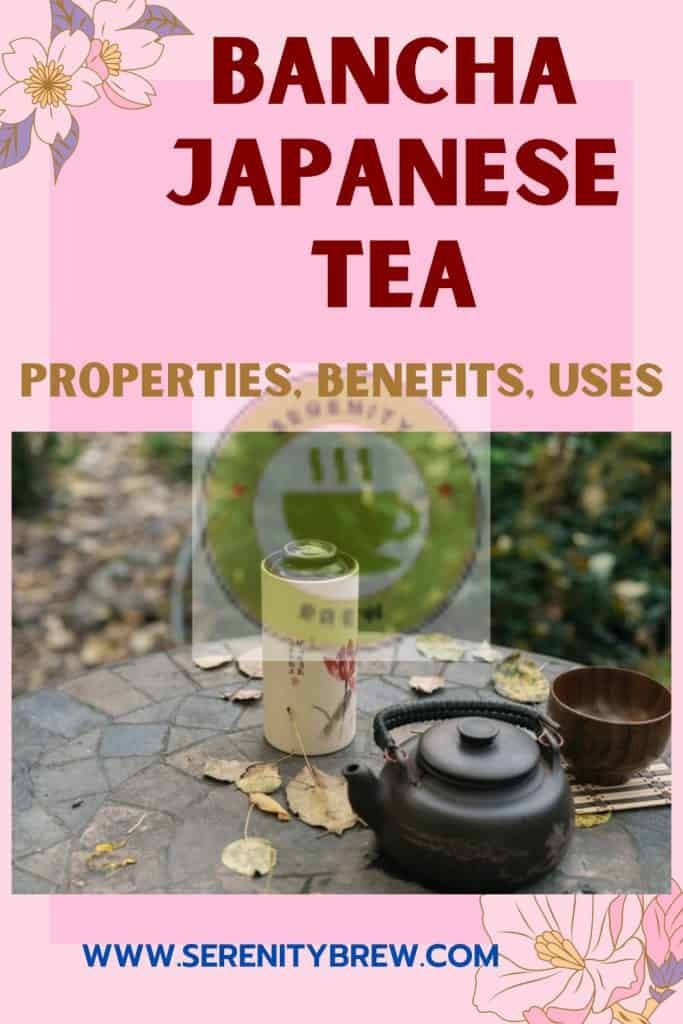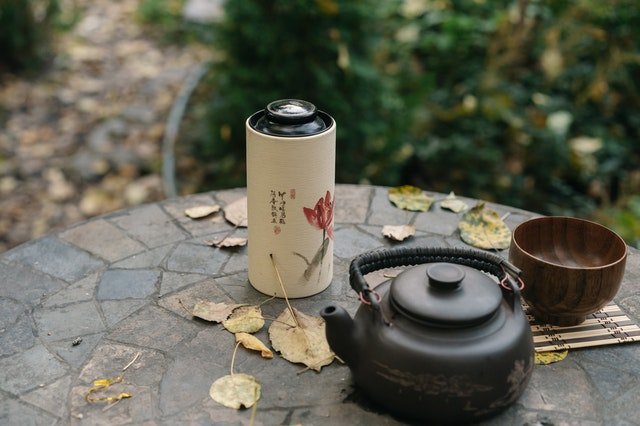
Among the Japanese green teas we find the bancha with its particular flavor and aroma of straw. Like all teas, it is made with the leaves of Camellia sinensis, however, in this case the lower leaves of the plant are used, that is, those that are discarded during the production of another famous Japanese tea, sencha.
That’s right: this variety of tea is made with the “leftovers” of the first spring harvests and the last ones of autumn. For this reason, bancha tea is cheap, although it is no less tasty than other varieties. Read on to find out all about this particular Japanese green tea.
Bancha tea making
Japan is a small country, with little land for cultivation. For this reason, the Japanese have become over the years great users of the raw material they obtain: nothing is thrown away, everything is transformed. As we already told you, after the flowering of the sencha, the lower quality leaves are separated to prepare bancha.
There is a kind of Japanese saying or legend that says that, to prepare this variety, the leaves must have been on the plant for at least 3 years. For this reason, it is called the three-year tea. However, there is no reliable data to corroborate this story and, to this day at least, the leaves used to prepare bancha do not spend those 3 years waiting.
What is certain is that the leaves intended for this tea are usually closer to the stems and are larger and thicker. In addition, they have been more exposed to the sun, generating a higher concentration of tannins that gives rise to a stronger infusion with a concentrated aroma of field grass or straw.
Once the leaves are collected, they undergo a mechanical selection process that separates them from stems and branches. A curiosity? The separated stems and branches are not discarded but are reused to prepare another kind of tea: kukicha, which has a rather astringent taste due to its high concentration of tannins.
After separation, the leaves begin their oxidation process. Of course, being a green tea, this will be much more limited than in the case of black tea and ends with a steam cooking of the leaves on bamboo trays. Once the oxidation has stopped, the leaves are left to dry in the air and finally, they are rolled to acquire the classic appearance of tea.
Bench classes
When we talk about bancha we are not just referring to a single tea, but rather it encompasses three varieties that differ quite a bit in terms of flavor and appearance in the cup. It is necessary to point out that by using more developed leaves, the caffeine content of all kinds of bancha is lower than that of sencha.
The yanagi is the lightest of its variants. Made with discarded sencha leaves because they are broken or do not comply with the proper format (being flat, for example), it gives rise to a light and subtle tea. For its part, the hojicha version (6) surprises with a roasted flavor that cannot be felt in other varieties of Japanese green teas such as matcha or sencha.
Finally, we talk about the most curious tea of this group: genmaicha, a combination of tea with roasted grains of rice that results in a deep brown infusion and a surprising flavor reminiscent of popcorn.
What properties does bancha tea have?
The properties of bancha are those of any green tea. Let’s review them!
- Antioxidant: Tea in general is a good source of antioxidants. Green teas, due to the fact that they have gone through a brief oxidation process, contain an even higher amount of these compounds related to various benefits for our health.
- Stimulant: Bancha, like all teas, contains caffeine. The content of this is not especially high and its effects are milder than those of coffee due to a component called L-theanine.
- Possible anticancer effects: polyphenols, some antioxidant compounds in green tea, are being studied for their properties to stop the development of tumor cells, for the moment there are in vitro and animal studies.
- Antidiabetic: among the properties of bancha tea would be to help moderate blood sugar levels and improve the effects of insulin.
- Oral disinfectant: green tea has antibacterial properties and its consumption is good for teeth and gums.
- Strengthening of the bones: drinking bancha tea can be a good dietary supplement in case of osteoporosis. Some studies have linked its consumption with an increase in bone density.
- Neuroprotective: it is believed that oxidative stress is related to the appearance of neurodegenerative diseases. A recent study by the Pasqual Maragall Foundation and the Hospital del Mar in Barcelona is analyzing the properties of green tea, a great antioxidant, to stop cognitive deterioration.
As everything must be taken with measure, here is more information about potential contraindications of excessive or inadequate consumption of green tea.
Is bancha tea good for weight loss?
Green teas have become famous around the world for their use in natural medicine as a complement to weight loss diets. Although there are no specific studies that refer to the effectiveness of this variety for weight loss, it is possible to infer that it would be useful for this purpose due to its polyphenol content.
On the other hand, it is rich in antioxidant substances, compounds that fight free radicals, helping to prevent all kinds of degenerative and chronic diseases, as well as premature aging.
How to prepare a good cup of bancha tea

As with other green teas, it is very important to pay special attention to the temperature of the water. Remember that green tea is very delicate due to its low oxidation. Using boiling water will only serve to extract all the bitterness from the leaves and ruin the properties of your infusion.
A good cup of bancha tea is prepared by steeping 3 grams of tea per cup in water at around 80/90°C. Another trick to prevent bitterness is to control the infusion time. Do not let the strands rest for more than two minutes or you will achieve the same result as with water that is too hot.
If you are interested in the theme of pairing teas, try the bancha with a good seafood dish. You will see how its herbal flavor complements them perfectly.
